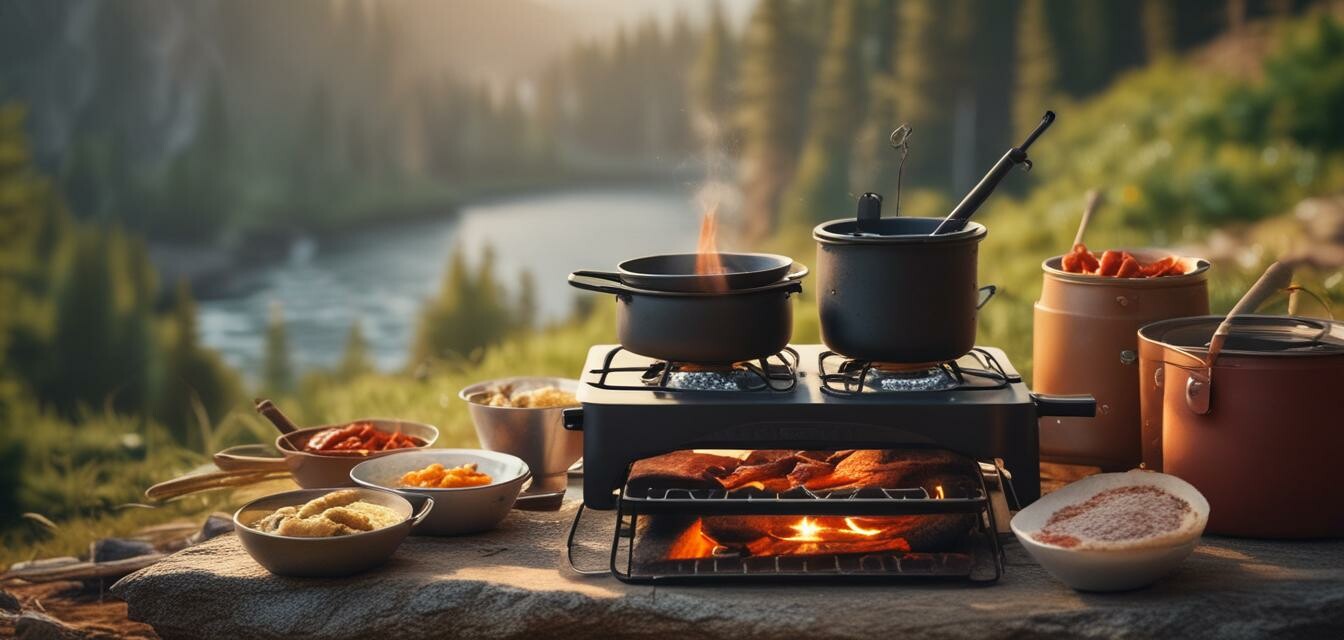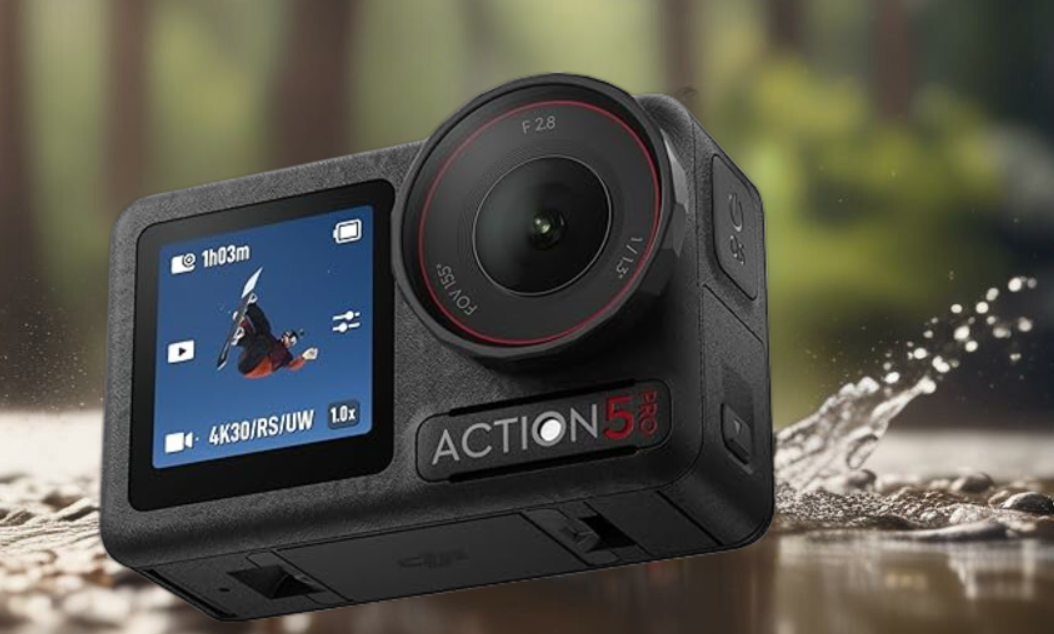
As an Amazon Associate, I earn from any qualifying purchases, at No Extra Cost to You.
Food Safety Tips for Outdoor Cooking
Key Takeaways
- Store perishable items properly to prevent spoilage.
- Cook food to recommended temperatures to eliminate bacteria.
- Practice good hygiene by washing hands and equipment regularly.
- Be aware of wildlife and safe food storage methods.
- Dispose of food waste properly to keep the environment clean.
Cooking outdoors while backpacking can be a rewarding experience, allowing you to enjoy delicious meals in nature. However, ensuring food safety is crucial for a pleasant and healthy adventure. This article provides essential tips on food safety to help you prepare your meals confidently while minimizing risks.
Understanding food safety in outdoor cooking
Food safety is vital when cooking outdoors, where conditions can vary significantly from a traditional kitchen. It involves the following key components:
- Prevention of foodborne illness: Keeping your food clean and safe to consume.
- Proper food storage: Maintaining the right temperatures to avoid spoilage.
- Safe cooking practices: Cooking food thoroughly to kill harmful bacteria.
Food storage tips
| Food Type | Storage Method |
|---|---|
| Perishables (meats, dairy, etc.) | Keep in a cooler with ice packs. |
| Fruits and vegetables | Store in a breathable bag away from sunlight. |
| Dry goods (rice, pasta) | Store in airtight containers to prevent moisture. |
| Canned goods | Store in a shaded area to maintain temperature. |
Using coolers effectively
When backpacking, a cooler can be your best friend for food safety. Here are some best practices:
- Choose a quality cooler that insulates well.
- Pre-chill your cooler and ingredients to prolong ice life.
- Limit opening the cooler to maintain the internal temperature.
Safe cooking practices
Cooking outdoors requires attention to temperature control. Follow these guidelines:
- Use a food thermometer to check that meats are cooked to safe temperatures.
- Keep raw and cooked foods separated to avoid cross-contamination.
- Wash hands before and after handling food.
- Use separate plates for raw and cooked food.
Recommended cooking temperatures
| Food | Recommended Temperature (°F) |
|---|---|
| Poultry (chicken, turkey) | 165°F |
| Ground meats (beef, pork, lamb) | 160°F |
| Whole cuts of meat | 145°F |
| Fish | 145°F |
Maintaining hygiene while cooking outdoors
Hygiene is crucial when cooking outside. Practicing these tips can help ensure a safe cooking environment:
- Bring sufficient water for washing hands and cooking.
- Use biodegradable soap to wash dishes and utensils.
- Store utensils and dishes off the ground to prevent contamination.
Protecting food from wildlife
When cooking outdoors, don't forget to consider the potential for wildlife interaction. Here are essential tips to protect your food:
- Store food in bear-resistant containers or hang it from trees.
- Prepare food in designated cooking areas away from sleeping tents.
- Keep cooking areas clean by avoiding food spills and properly disposing of waste.
Cleaning up after cooking
After preparing and enjoying your meal, ensure you clean up properly:
- Dispose of food scraps in designated waste bags.
- Don’t bury food waste, as it can attract wildlife.
- Wash your cooking gear thoroughly and store it appropriately.
Food safety tips for beginners
- Plan meals ahead of your trip to avoid bringing unnecessary items.
- Familiarize yourself with proper food storage and cooking techniques.
- Keep a simple first aid kit handy in case of food-related issues.
- Consider a practice run at home with your backpacking food setup.
- Check local regulations about cooking in public areas.
Conclusion
By following these food safety tips, you can enjoy delicious outdoor meals while staying safe and healthy. Remember, proper food handling, storage, and cooking practices are essential to prevent foodborne illnesses and enhance your backpacking experience. Stay informed and take proactive measures to ensure a successful adventure in nature.
For more information on outdoor equipment, check out our sections on Cooking Gear, Backpacks, and Buying Guides. Stay updated on the latest trends by visiting our Backpacking News section.
